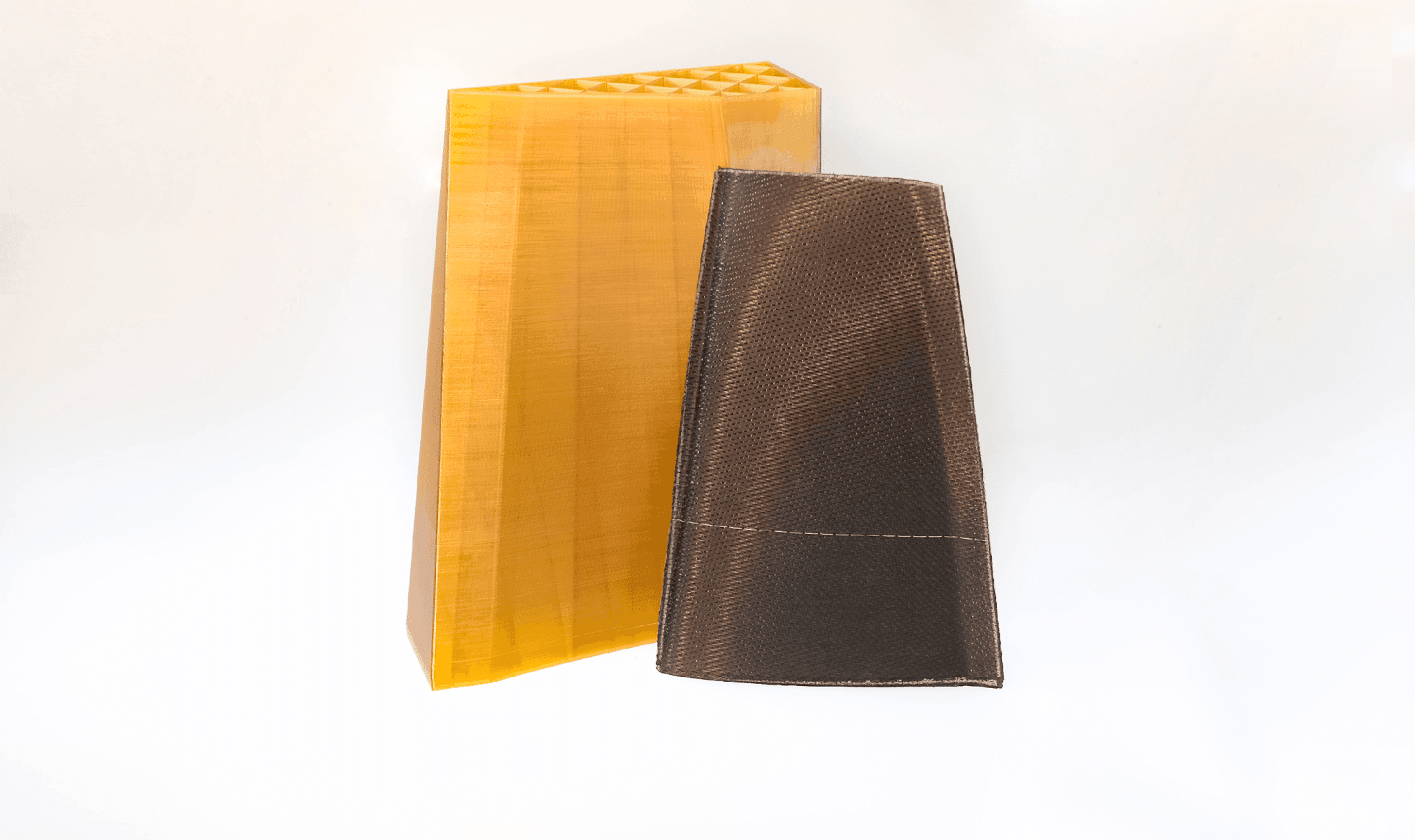
Minimum lead time
Price range

Tolerances
Layer Height
Wall Thickness

Max. Part Size
PEI resin has an amber transparency.
One remarkable characteristic of ultem is its weatherability and its ability to resist UV light.
This resin is very good in retaining original mechanical properties even at high temperatures because it has high deflection temperature (200°C at 264 psi), high tensile strength and flexural modulus (480,000 psi).
Using ultem has several disadvantages. One of which is that it is very expensive and is only applicable for highly demanding applications.
It also needs to be dried up before processing it which is really time-consuming. It also has low colorability so you don't have a good range of color options. Another disadvantage is that molds should be hot during injection molding. And lastly, ultem resin can be attacked by polar chlorinated solvents which can lead to stress cracking.
Ultem resins have a high heat, flame, and solvent resistance, making them perfect materials for medical and chemical instruments.
ULTEM 9085 resin is used in rapid prototyping and digital manufacturing because of its flame-retardant property, and is also a high-performance thermoplastic.
On the other hand, ULTEM 1010 resin is ideally used in automotive, aerospace, medical, and food production industries. It has a high resistance to heat and chemical and also has tensile strength of any FDM thermoplastic.
Ultem was developed by Joseph G. Wirth in the early 1980s. When SABIC acquired General Electric Plastics Division in 2007, it started manufacturing PEI products one of which is ultem.
Ultem resins are popularly used in medical and chemical instrumentation because of its high resistance to heat, flame, and solvent.
© 2024 Jiga, Inc. All Rights Reserved.